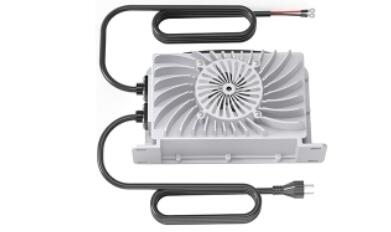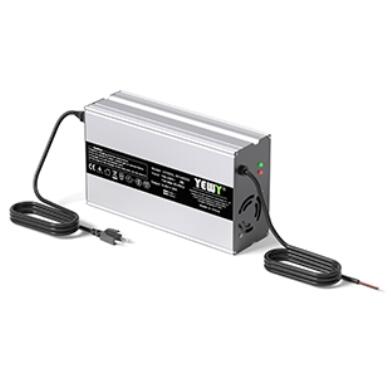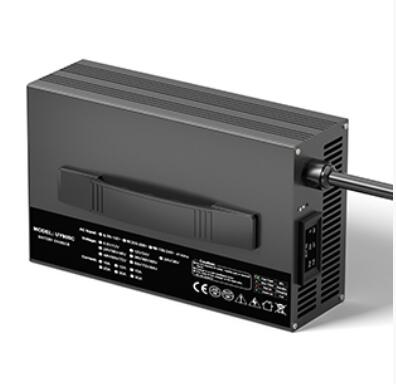

How can charger manufacturers prevent overheating during charging?
1、 Circuit design optimizationUsing appropriate charging chips: Choose charging chips with multiple protection functions such as over temperature protection, over current protection, and short circuit protection. These chips can monitor various parameters during the charging process in real time, and automatically adjust the charging current or stop charging when the temperature exceeds the set threshold to prevent overheating. Meanwhile, high-performance charging chips can also improve charging efficiency and reduce the heat generated due to energy loss.Optimize circuit layout: Reasonably plan the positions of various components on the circuit board, disperse heating elements such as power tubes, transformers, etc., and avoid concentrated placement that may cause heat accumulation. Meanwhile, ensure sufficient spacing between components to facilitate air circulation and heat dissipation. In addition, place the thermistor away from the heat source to ensure the accuracy of temperature monitoring.Set up overheat protection circuit: Design a specialized overheat protection circuit to monitor the temperature inside the charger in real time through a temperature sensor. When the temperature reaches a certain value, the overheat protection circuit will be triggered to regulate the charging current or cut off the power supply by controlling the on/off of the switch tube, thereby preventing the charger from further overheating.Charger manufacturer2、 Material selection and applicationUse high thermal conductivity materials: Use high thermal conductivity materials such as aluminum alloy, copper alloy, and other metal materials as the shell in the charger shell, circuit board, and other parts, or add thermal conductivity fillers to the plastic shell to improve the heat dissipation performance of the shell. For circuit boards, ceramic or metal based circuit boards can be used, which have good thermal conductivity and can quickly dissipate heat from the circuit board.Optimize heat dissipation interface materials: Use thermal conductive silicone grease, heat dissipation gaskets, and other heat dissipation interface materials between the heating element and the heat dissipation structure. These materials can fill the small gaps between the element and the heat dissipation structure, reduce thermal resistance, and enable heat to be more effectively transferred from the heating element to the heat dissipation structure, and then dissipated into the surrounding environment.3、 Design of heat dissipation structureAdd heat dissipation fins: Design heat dissipation fins on the charger casing or internal heat dissipation components to improve heat dissipation efficiency by increasing the heat dissipation area. The shape, size, and spacing of the heat dissipation fins need to be optimized according to the overall structure and heat dissipation requirements of the charger to ensure effective heat dissipation in a limited space.Design heat dissipation channel: Construct a reasonable heat dissipation channel inside the charger, guide air flow, and form natural convection or forced convection. For example, by opening ventilation holes on the casing and utilizing natural convection of air to carry heat out of the charger; Alternatively, in some high-power chargers, forced cooling devices such as fans can be used to accelerate air flow and improve heat dissipation efficiency.Charger manufacturer4、 Production process and quality controlEnsure welding quality: During the production process, strictly control the welding process to ensure that the welding between components and circuit boards is firm and reliable, avoiding problems such as virtual soldering and solder leakage. Poor welding can increase contact resistance, generate additional heat during charging, and cause overheating.Strengthen quality inspection: Establish a comprehensive quality inspection system and conduct strict inspections at all stages of charger production. This includes quality testing of raw materials, electrical performance testing of circuit boards, overall performance testing of chargers, and thermal performance testing to ensure that every factory charger meets quality standards and can operate stably under normal working conditions without overheating due to quality issues.In summary, to prevent overheating during charging, charger manufacturers need to start from multiple aspects such as circuit design, material selection, heat dissipation structure design, production process, and quality control. Multiple measures should be taken comprehensively to ensure that the charger can maintain good heat dissipation performance during the charging process, and charge the equipment stably and safely.






